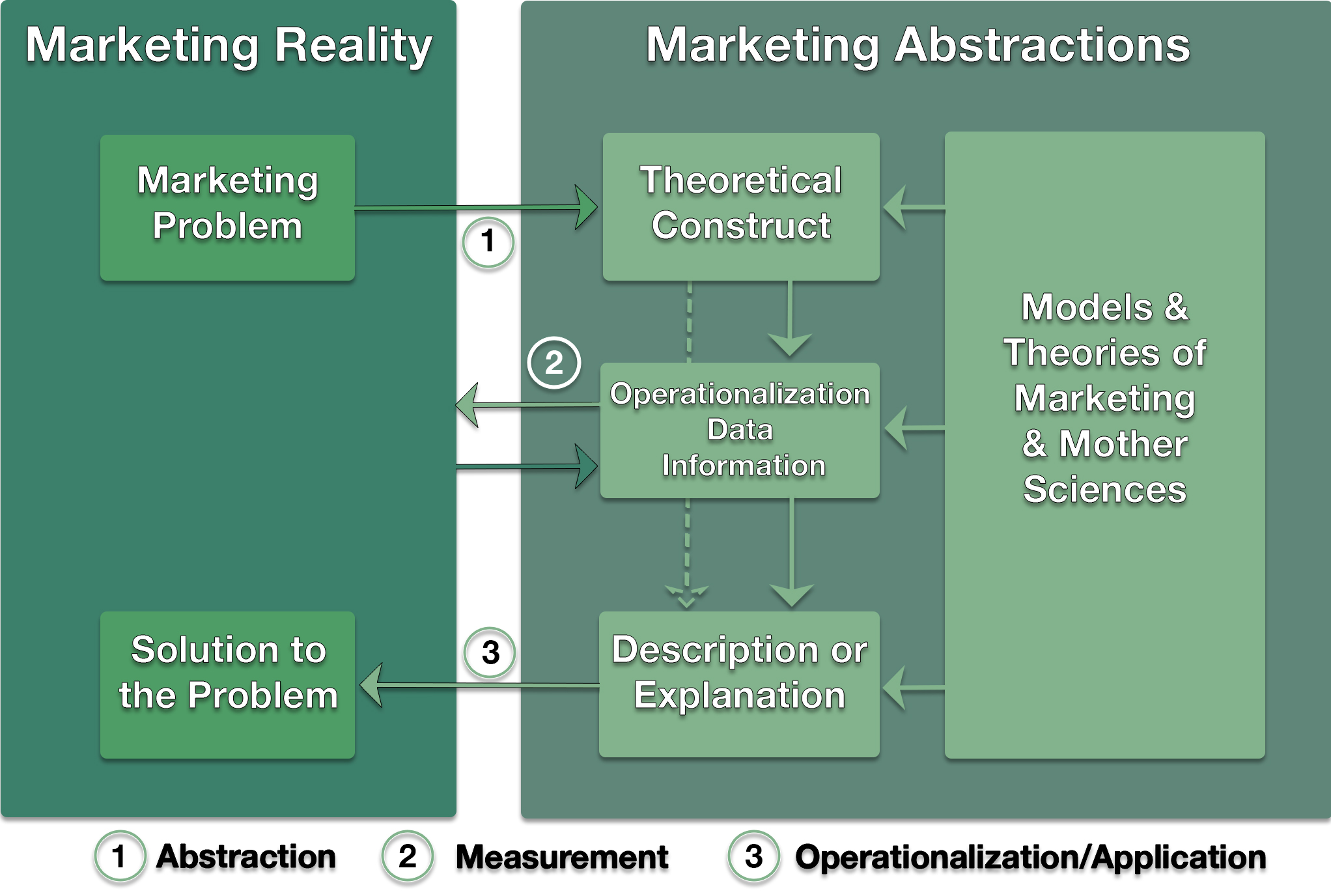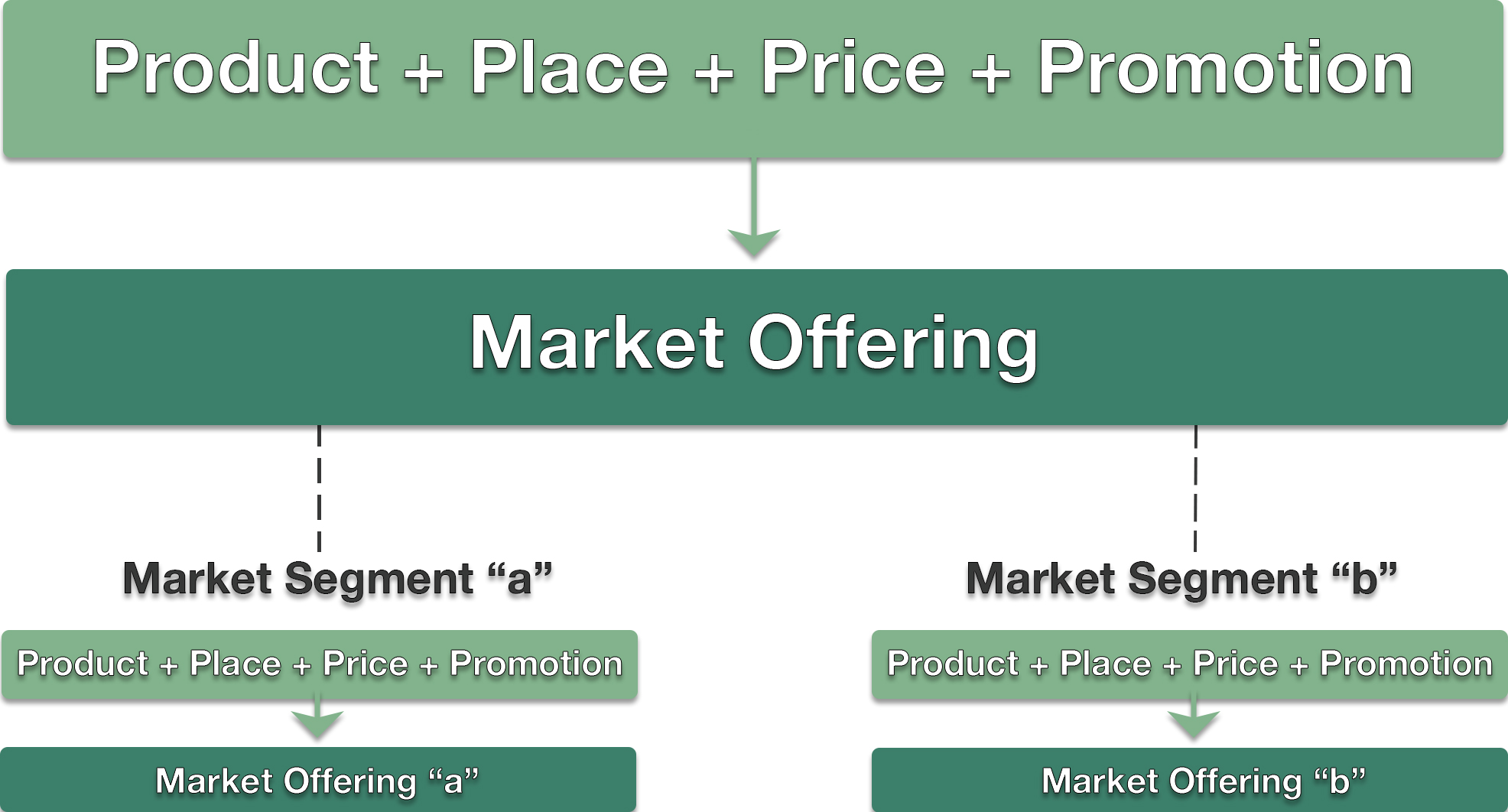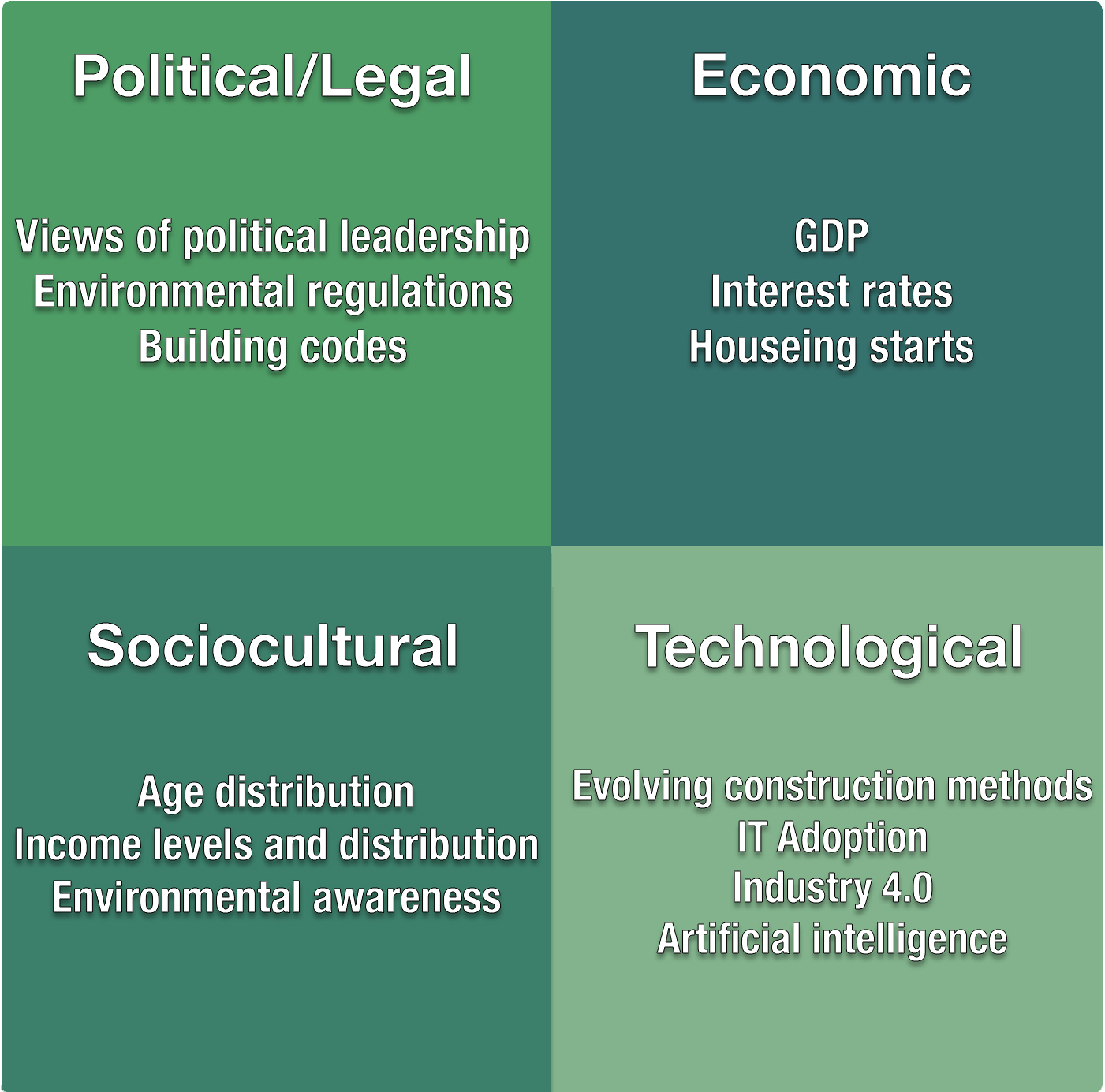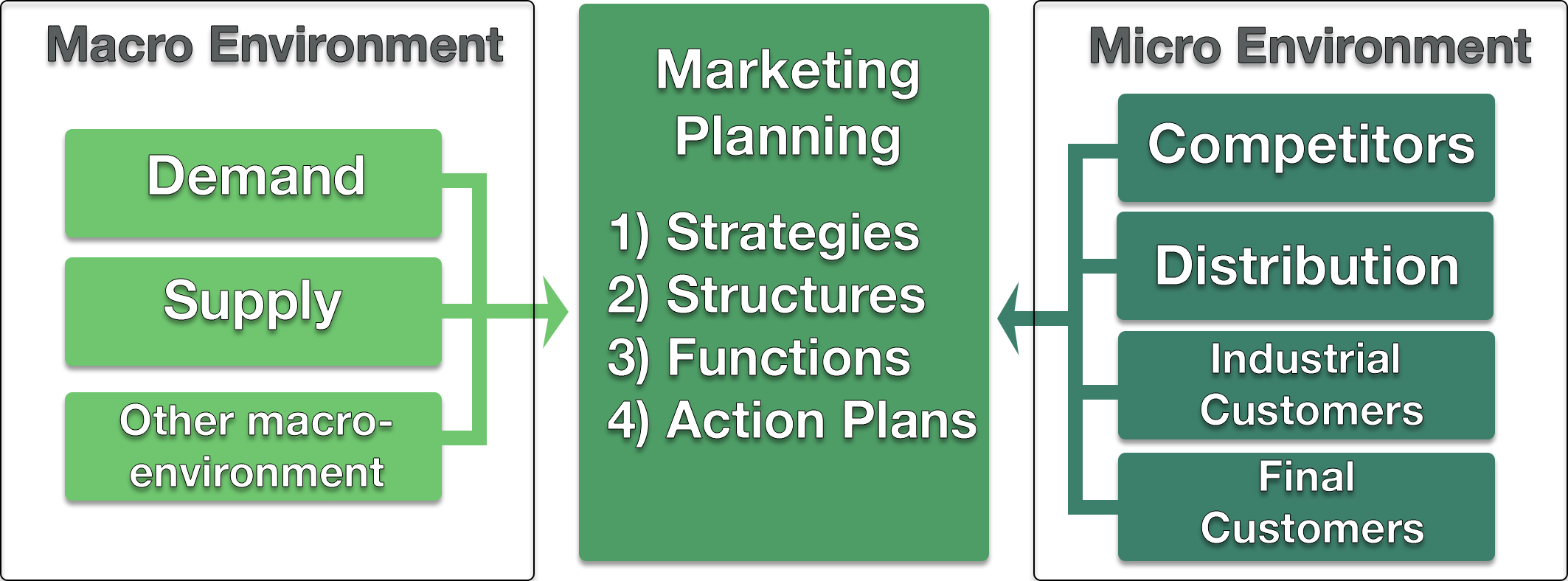1.4 Planning and Modeling Approach to Marketing
After reading this section, students should be able to …
- Explain what marketing planning is and why it is needed.
- Explain the value of models in marketing planning.
1.4.1 Scientific Approach to Marketing
The scientific method can be applied to the planning and modeling of marketing. The first step of this approach is to define the problem situation. As a pragmatic science, marketing aims at controlling the phenomena connected to it. For example, the salesperson tries to have an impact on the customer.
The prerequisites of control are a detailed knowledge of customers, markets, and marketing. To influence customers the salesperson must know buyer behavior and understand why people act the way they do. Exact descriptions and explanations of why things happen the way they do make predictions possible. If the salesperson understands customer behavior she can anticipate the customer’s next move. Description, explanation, and prediction are prerequisites of control. This means the salesperson can influence the behavior of the customer. The aim of marketing planning is to increase the predictability of and control over marketing phenomena.
To summarize, solving marketing problems can follow the same steps as the scientific method:
- Description
- Explanation
- Prediction
- Control
The scientific approach is a matter of course in marketing research but is equally useful as a practical tool for everyday marketing work. The scientific approach is the competitive advantage of the highest-level marketing education and should be applied to everyday marketing work. What does the scientific approach in marketing mean? It is the ability to use theories and models to help solve practical marketing problems. Figure 2-4 illustrates how the solution to a marketing problem can be developed through moving back and forth between marketing reality and marketing abstraction.
The scientific approach applies scientific knowledge in the form of models and theories to marketing problem solving. The first step when applying the scientific approach is taking the marketing problem situation to a theoretical level. Concepts, models and theories of marketing science and/or mother sciences are used to do this. If we use research in problem solving, hypotheses are drawn from the theoretical/hypothetical constructs and tested with empirical data. Research produces a general description or explanation of the problem situation, which is then operationalized back to the marketing reality.

The scientific approach, however, can also be applied in everyday marketing planning and implementation without marketing research, as the dotted arrow (Figure 2-4) going directly from the Theoretical Construct to the Description or Explanation demonstrates. When a marketing manager meets a problem, she converts it into a theoretical construct using all the experience, theoretical concepts, models and theories in her possession. From this theoretical construct, she can see the essential features of the problem situation. Scientific theories help the manager find explanations to problem situations. The last step is to apply the theoretical explanation to the practical marketing situation. It can be concluded that the essential point in the scientific approach is the ability to use:
- Concepts, models and theories
- Information based on scientific research or practical experience
1.4.2 Planning Approach to Marketing
Marketing planning is the basis for grounded decisions about future strategic actions. The most important aspect of this planning may actually be the learning and development that takes place among participants during the process. They may gain greater understanding of the challenges they face and the intricacies of their market. For a marketing manager, marketing is essentially the process of marketing planning. A marketing plan explains, adjusts, guides, and coordinates all that is happening in marketing. As such, it is a management instrument that can be used to communicate with all those parties in the company implementing marketing. In a modern, market oriented company, the network of parties implementing marketing is extensive.
Marketing planning is necessary for a number of reasons. As already mentioned, a critical aspect is the learning process that occurs during the planning process. At a conceptual level, marketing planning can be thought of as a run-through of the entire marketing process, a sort of conceptual simulation. At a practical level, it is a document that helps implement marketing on the ground and can be compared with actual outcomes.
In order to operate at the conceptual level, a marketing designer needs models that describe the functional environment as well as models that describe marketing functions, e.g., personal selling and advertising. Models are effective guides that show the decisions to be made during planning. The models should also show the information that is needed for decision-making. The main planning tools are models and information. The whole structure of this book follows a planning model and the necessary planning information is analyzed thoroughly.
1.4.3 Models of Marketing
A model is an abstract picture of the real world which describes some phenomenon. A marketing model can provide a structural framework for planning, guiding a company in decisions about how to adapt to its future environment. Although marketing models come in many different variations, most are organized around the traditional theme of the 4P’s of marketing—price, promotion, product, and place (distribution). Figure 2-5 illustrates the 4P approach and how the “marketing mix” can be tailored to different market segments.
The marketing mix, or 4P’s, has had a profound impact on the field of marketing, as evidenced by its dominant role in numerous models of marketing ( P. Kotler. 2000). Prentice-Hall International Limited. London. 718 pp.[/footnote] However, there are shortcomings of this approach. For example, from a planning perspective, the 4P’s do not provide a comprehensive picture of the decisions that must be made in marketing a product. In addition, there is no hierarchy in the 4P model so it appears, for example, that decisions regarding the communication channel are equally important to decisions regarding which products to produce. This text uses the Integrated Model of Marketing Planning which will be discussed in detail later (Section 2.4).

1.4.4 Modeling the Marketing Environment
The marketing environment is simply a company’s context or external environment. A popular way of looking at the external environment is through PEST analysis, which considers the factors in the environment that are impacting the company in political/legal, economic, sociocultural, and technological realms (Figure 2-6).

The Information Environment Model (Figure 2-7) used in this text divides the environment into macro and micro categories.The macro-environment contains demand, supply and “other” environments, which include the economic, technical, legal and social environments. In practice, economic indicators, demand, and supply are aggregated and analyzed with econometric research instruments. The information describing the macro-environment is critical to investment planning in the forest industry, and important on the highest strategic level of marketing planning. These analyses are also used in the policy planning of the whole forest sector.
The micro-environment contains information about the behavior of customers, competitors (size, structure, etc.), and distribution systems. Although marketing channels would seem to be part of a company’s own marketing system, these channels must conform to the existing distribution system of the markets, and are thus considered part of the marketing environment. As you will find in the next section, this model of the information environment becomes a key component of the Integrated Model of Marketing Planning.

Reference:
P. Kotler. 2000. Marketing Management, Millennium Edition. Prentice-Hall International Limited. London. 718 pp
Source:
Section 1.4. Planning and Modeling Approach to Marketing is edited and adapted from ‘Chapter 2: Understanding Forest Products Marketing’ from the textbook ‘Strategic Marketing in the Global Forest Industries – Third Edition,’ authored by Eric Hansen & Heikki Juslin, 2018 – this book was licensed under a Creative Commons Attribution-NonCommercial 4.0 International License.


